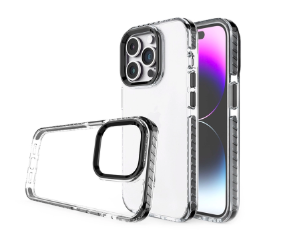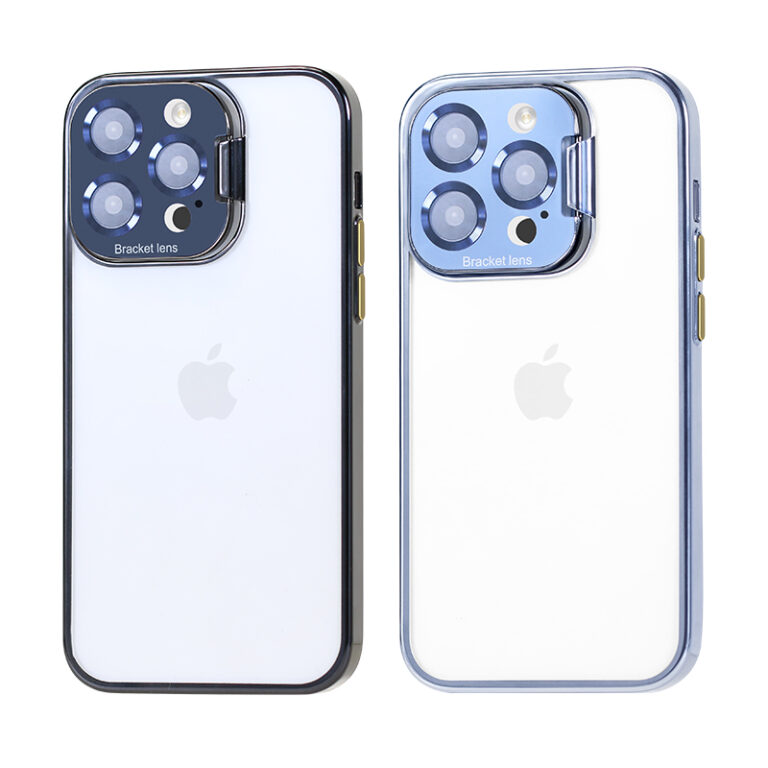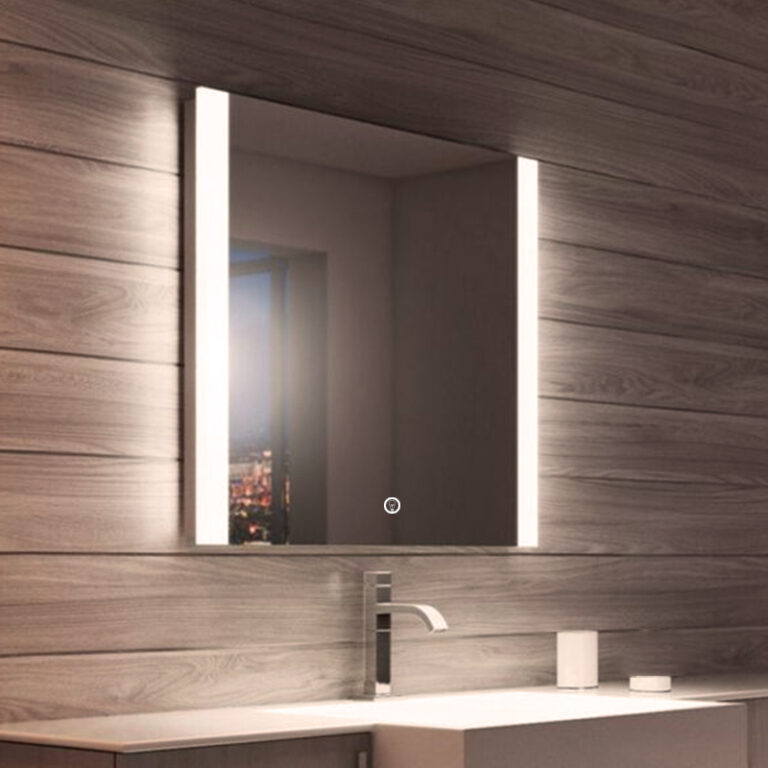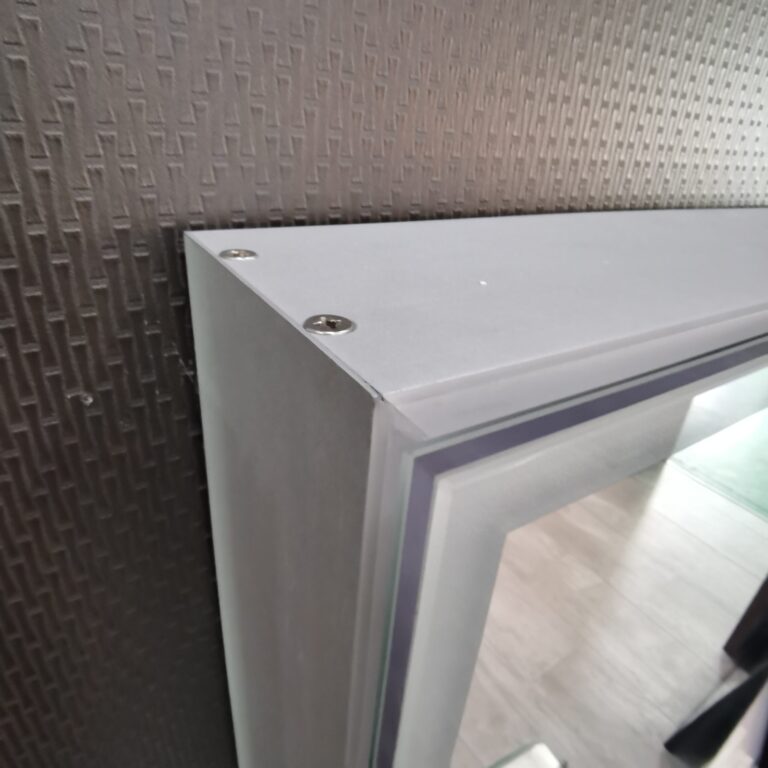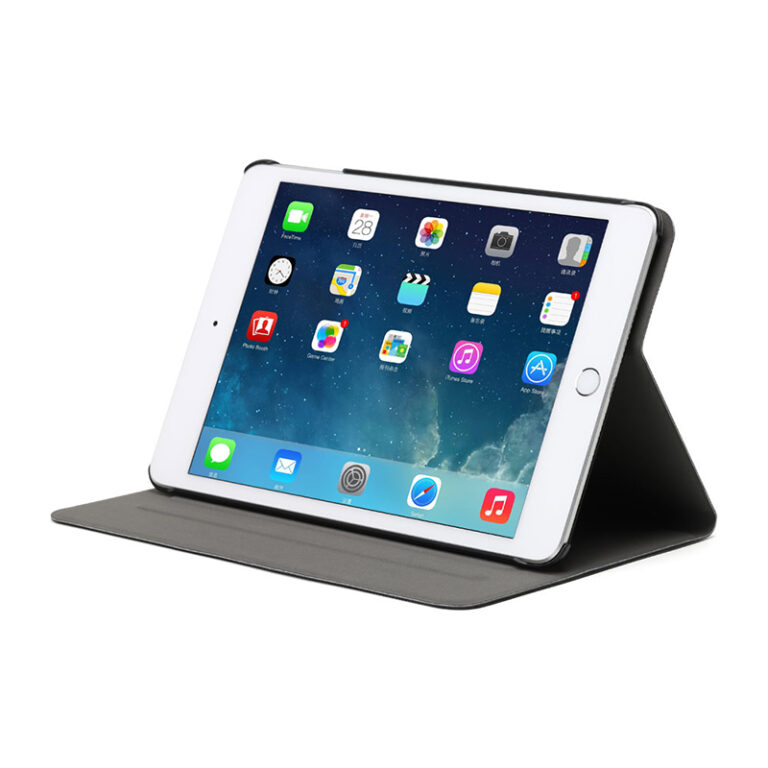Table of Contents
LED mirrors have become a standard in contemporary interior design and practical uses, especially those with rectangular designs. In addition to being visually beautiful, these mirrors are loaded with innovative technologies that provide a host of advantages.
Technology and Structure
1. LED Technology:
LEDs are semiconductor devices that, when an electric current flows through them, emit light. Since LEDs don’t require heating a filament to produce light like conventional incandescent bulbs, they are longer-lasting and use less energy. When LEDs are incorporated into mirrors, they are placed behind or around the mirror’s edges strategically to produce even lighting.
2. Rectangular Shape:
LED mirror rectangles are a practical choice in addition to being a matter of taste. Rectangles have a wide, even surface area, which makes them perfect for jobs like applying makeup or grooming that call for precise, all-around visibility.
Scientific Advantages
1. Better Visibility
When it comes to lighting quality, LED mirrors outperform ordinary mirrors. The illumination produced by the LED lights surrounding the mirror is brilliant, steady, and shadow-free. This is especially helpful in situations where accuracy is crucial, like applying makeup or doing detailed grooming.
2. Effectiveness of Energy Use:
LEDs are renowned for their low energy consumption. Compared to traditional lighting solutions, they use less power, which results in reduced electricity costs and a lower carbon footprint. Sustainability is improved by the extended lifespan of LEDs, which also implies fewer replacements.
3. Colour Rendering Index (CRI):
The CRI gauges how well an artificial light source reproduces an object’s colour in comparison to natural light. To guarantee that the reflection in the mirror is as accurate as possible, LEDs used in mirrors usually have a high CRI, frequently around 90. For activities requiring precise colour distinction, this is essential.
4. Dimmability and Colour Temperature:
Brightness and colour temperature may be adjusted on a lot of LED mirrors. The light intensity can be adjusted by users to meet various needs. Such as bright, daylight-like settings or softer, warmer tones for a calming atmosphere. This adaptability improves functionality and user experience.
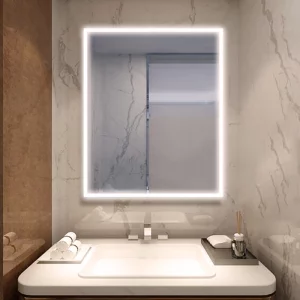
Applications and Practical Ideas
1. Bathroom Use:
Clear vision is crucial for cleanliness and grooming duties in restrooms, and LED mirror rectangles give just that. The mirrors’ frequently included anti-fog capabilities guarantee that the surface stays clear even in humid surroundings.
2. Dressing Rooms:
Accurate colour rendering and consistent lighting in dressing rooms facilitate people’s ability to evaluate their appearance. LED mirror rectangles have a large surface area that makes them perfect for outfit coordination because they can reflect the entire body.
3. Healthcare and Workplace Environments:
LED mirrors provide precise lighting that makes intricate work easier in medical and commercial environments including dental offices and beauty parlours. Professionals can work more accurately and efficiently when there is constant illumination.
Conclusion
LED mirror rectanglesexemplify how cutting-edge technology and useful design may coexist. Users can better understand the value these mirrors bring to both professional and daily use by being aware of the scientific concepts underlying their operation and benefits. We may anticipate even more creative and effective lighting solutions being incorporated into our living and working environments as LED technology develops.
0

